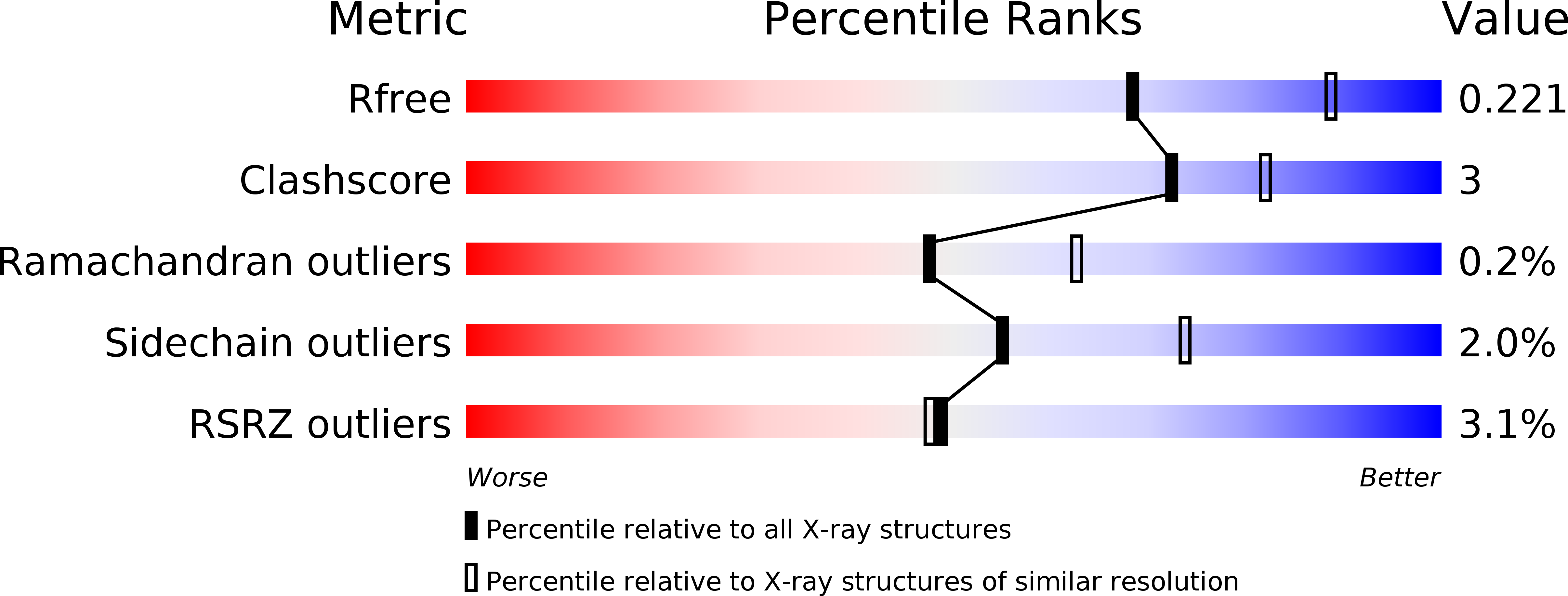
Deposition Date
2008-10-08
Release Date
2008-11-25
Last Version Date
2023-09-06
Entry Detail
PDB ID:
3ETS
Keywords:
Title:
Crystal structure of a bacterial arylsulfate sulfotransferase catalytic intermediate with 4-methylumbelliferone bound in the active site
Biological Source:
Source Organism:
Escherichia coli (Taxon ID: 199310)
Host Organism:
Method Details:
Experimental Method:
Resolution:
2.40 Å
R-Value Free:
0.21
R-Value Work:
0.17
R-Value Observed:
0.17
Space Group:
P 32 1 2


